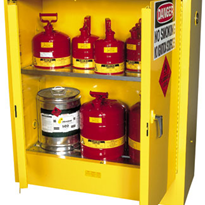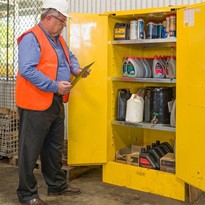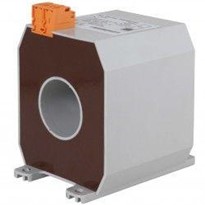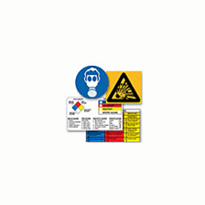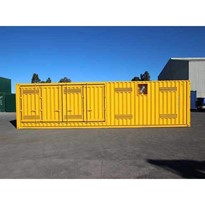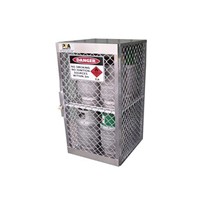These dangerous goods can include flammable liquids, combustible goods, organic peroxide, corrosive substances, toxic substances and many more. These dangerous goods need to be stored and contained in an enclosed area to mitigate any risks associated with that class of dangerous good including other classes of dangerous goods (these shouldn't be stored in the same spot as another class). There are any many classes of dangerous goods which include the following:
EXPLOSIVES
The Australian Dangerous Goods Code defines explosive goods as something that can detonate or rapidly catch fire as a result of a chemical reaction, these can include ammunition, gun powder, dynamite and other explosive goods.
The ability for a business to handle and store explosive goods requires a fairly extensive process which is set out in the Australian Dangerous Goods code and Explosives Act 2003, due to the risk associated with this class 1 dangerous good, it requires a business to obtain a security sensitive dangerous substance license and then they are required to assign an individual that has obtained a security clearance check. Even with these licenses and clearances it requires the business to follow strict guidelines to ensure the safety and well being of the environment and its people. ....read more
CLASS 2 DANGEROUS GASES
Gasses are dangerous to humans as they can be flammable, toxic, corrosive and can even limit the amount of oxygen in the air. This form of dangerous goods is a class 2 dangerous good in the Dangerous Good Standard and is defined as a substance with a vapor pressure of 300kPa or higher at 50? or is completely gaseous at standard atmospheric pressure of 20?.
Common examples of these dangerous gasses that are used in our daily lives include Aerosols, Helium, Insecticide, lighters and Methane Gas. These dangerous gasses have 3 sub categories which are Flammable Gases, Non-flammable, non-toxic gas and toxic gas. ....read more
FLAMMABLE LIQUIDS
The risk of a hazard occurring from inappropriately handling and storing flammable goods can lead to your business receiving a fine! Risks can include leaving it out in the open where these flammable liquids are easily exposed to ignition sources. Some of these dangerous flammable goods can include (but not limited to):
- Paints
- Solvents
- Petrol
- Thinners
- Kerosene
- Tupentine
- White Spirits
- Alcohol
- Diesel
- Linseed Oil
- Pine Oil
Flammable goods are classified as a dangerous good because of the danger that it can pose to the environment, property and people. This is why flammable and combustible solids and liquids need to be stored in an Australian Standard (AS) approved storage cabinet for safety purposes as outlined by the AS 1940-2004. ....read more
Flammable Solids are any materials that can rapidly catch fire by a change in its conditions that they are stored at. They are seperated into three categories:
- Flammable Solids
- Substances liable to Spontaneous Combustion
- Substances that emit Flammable Gases when in contact with water
Most flammable solids pose a hazard to the environment and people because of their combustibility and volatility so it is best to store them in a Class 4 Dangerous Goods cabinet to keep all these flammable solids in a conditioned space to avoid it catching fire. ....read more
Oxidising substances are classified as a class 5 dangerous good under the Australian Dangerous Goods code and is subdivided into two categories:
- Oxidising Agents
- Organic Peroxide
The Australian Standard defines Oxidising substances as a substance that contributes to combustion by providing oxygen as a result of a Redox chemical reaction, which is when electrons are gained or lost which could lead to combustion. Organic Peroxide are a sensitive substance as it can easily react differently with different conditions which become hazardous to people and their environment. Some of the reactions include but not limited to explosive decomposition, rapid burning, reacting dangerously with other substances or sensitive to impact. ....read more
Toxic substances are those which are liable either to cause death or serious injury or harm to human health if swallowed, inhaled or by skin contact. Infectious substances are those which are known or can be reasonably expected to contain pathogens. These substances can pose significant risks to humans or animals if they are exposed to them. ....read more
RADIOACTIVE MATERIALS
Radioactive material is any material containing radionuclides where both the activity concentration and the total activity exceeds certain pre-defined values. A radionuclide is an atom with an unstable nucleus and which consequentially is subject to radioactive decay. ....read more
CORROSIVE SUBSTANCES
Corrosive substances can be dangerous to store at a workplace as any direct contact with the skin could cause irreversible damage, so the Australian Standard (AS) has set out guidelines for storing these corrosive substances which can be outlined in AS 3780-2008. These corrosive substances need to be in their sealed and/or closed containers and stored within a corrosive substances storage cabinet and to ensure that all safety requirements are followed, please ensure that you wear proper protective equipment when handling these corrosive substances.....read more
MISCELLANEOUS DANGEROUS GOODS
Any Dangerous good that can't be classified under any of the other classes but can harm people and other living organisms. e.g. Lithium batteries, first aid kits, chemical kits.


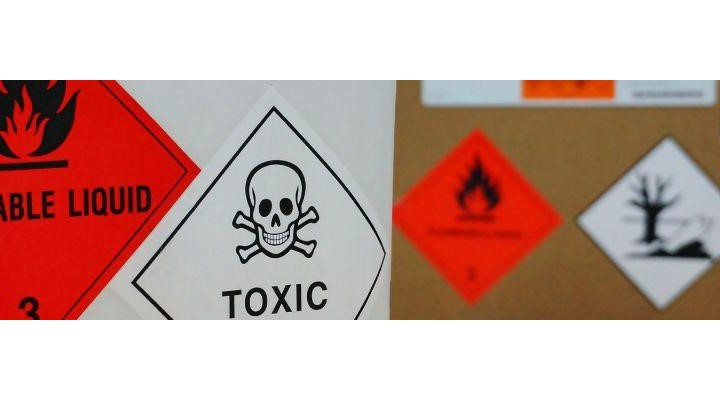
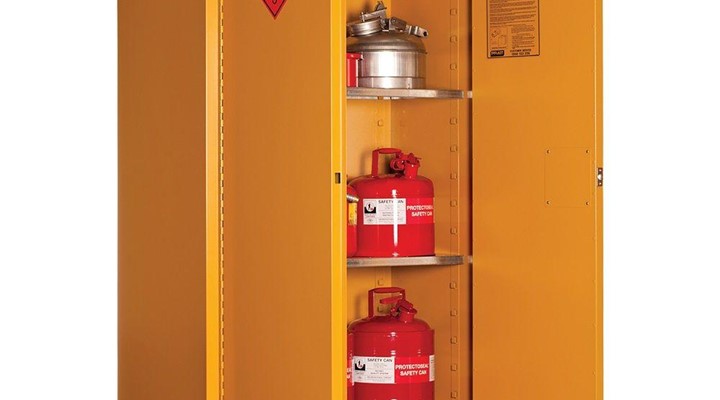

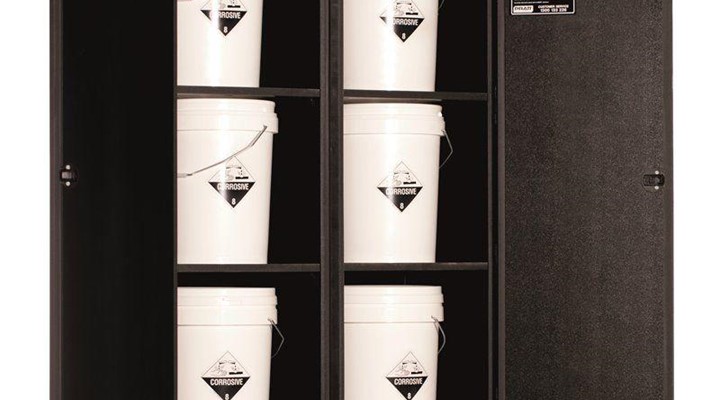



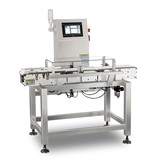
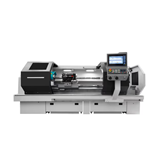

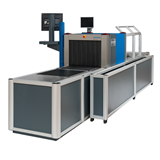
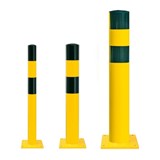






-160x160-state_article-rel-cat.png)


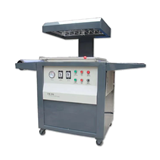

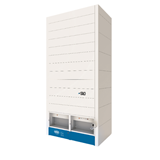

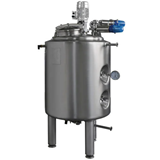
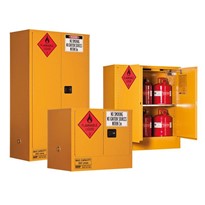
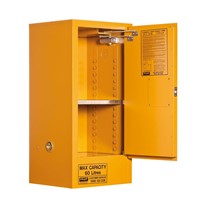

-205x205.jpg)

